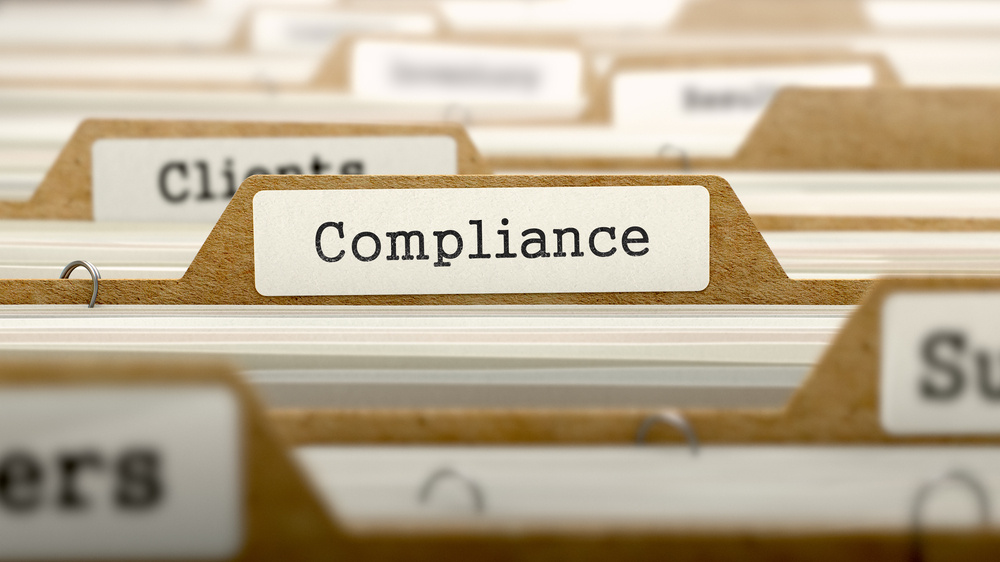Budget Constraints with Advanced Document Management in Government
Table of contents
Government agencies are under constant pressure to modernize, especially when it comes to managing documents. But with tight budgets and complex regulations, making the switch to advanced document management systems can feel like an uphill battle. Still, holding onto outdated, paper-based processes isn’t a practical option either. The inefficiencies, wasted resources, and security risks are clear.
So, how do government IT professionals—whether they’re CIOs, compliance officers, or digital transformation leaders—strike the right balance? How do they meet the need for modernization without stretching already limited budgets too far? In this blog, we’ll explore the common financial hurdles and highlight strategies to help government teams achieve cost-effective, compliant, and secure document management.
Understanding the Budget Constraints in Government
Government IT professionals often have to navigate strict budget cycles, where every dollar spent is scrutinized. Funding for digital transformation projects isn’t always guaranteed, and even when it's available, it may come with strings attached. Whether it’s a limited budget for new technology or competing priorities for essential services, balancing costs is a real challenge.
Government agencies typically face these financial limitations:
- Limited funding windows: Many agencies work within yearly or biennial budget cycles, meaning funds need to be spent quickly or risk being reallocated.
- Approval processes: Securing approval for new technology investments often requires convincing multiple stakeholders, from financial officers to department heads.
- Competing priorities: With many government programs needing funding, digital transformation often competes with other essential services.
Despite these hurdles, advanced document management solutions can offer cost-effective alternatives to manual, paper-based processes, saving both time and money over the long term. Careful planning and a strong understanding of budget cycles can help government IT teams make the case for strategic investments.
Learn more about how government document scanning services can help reduce costs and improve operational efficiency: Government Document Scanning.
Why Advanced Document Management Solutions Are Necessary
Paper-based processes still weigh down many government agencies, slowing operations and increasing costs. The need to modernize is no longer just about convenience—it's about staying compliant, improving security, and boosting efficiency.
Here’s why advanced document management systems are becoming essential for government agencies:
- Paperwork reduction: Managing physical documents is time-consuming and requires extensive storage space. This inefficiency can easily be eliminated with digital systems that centralize files, making them easy to access and manage.
- Operational efficiency: By digitizing and automating workflows, government employees can spend less time on administrative tasks and more time on value-driven work. Searchable, indexed digital files eliminate the hassle of manually searching through paper records.
- Compliance and transparency: Government agencies are required to maintain strict compliance with record-keeping laws. Advanced document management systems can automate compliance checks and offer audit trails to ensure transparency.
- Security: Paper files are vulnerable to loss, damage, or theft. Digital systems, on the other hand, offer encryption, access control, and automated backups to keep sensitive data safe.
Without these systems, agencies risk falling behind in both operational performance and regulatory compliance. Implementing modern solutions doesn’t just bring efficiencies—it also ensures that critical records are secure and accessible.
Learn how document scanning for state and county government records can contribute to streamlined processes: Document Scanning for State and County Government Records.
Cost-Effective Strategies for Document Management
For government agencies working with limited budgets, finding affordable ways to modernize document management is a top priority. Luckily, there are practical, cost-effective strategies that make digital transformation more achievable without breaking the bank.
Here are some approaches to consider:
- Start small and scale up: Rather than committing to an entire overhaul at once, agencies can begin with a phased approach. This means digitizing the most critical records first and expanding as budget allows. Many document management solutions offer scalable options, allowing you to grow the system based on your needs.
- Leverage cloud-based solutions: Cloud storage eliminates the need for costly physical infrastructure. By opting for a cloud-based document management system, agencies can reduce upfront hardware costs and enjoy the flexibility of accessing documents from anywhere, securely.
- Automate workflows: Automating tasks like document indexing, routing, and approval processes can lead to significant time savings. By streamlining these activities, government teams can operate more efficiently and avoid the labor costs tied to manual paper handling.
- Digitize existing records: Scanning and converting paper records into digital formats is one of the fastest ways to cut costs associated with storage and document retrieval. Digitizing reduces the need for physical storage space and makes information easier to search and manage.
These strategies help government IT teams balance immediate needs with long-term goals, ensuring they can modernize document management at a pace that fits within budget constraints.
Check out this guide on how document scanning in local government can help: Document Scanning in Local Government.
Overcoming Barriers to Adoption
One of the biggest challenges for government agencies when it comes to modernizing document management is resistance to change. Whether it’s bureaucratic inertia, security concerns, or uncertainty about compliance, these barriers can slow down the adoption of digital solutions.
Here’s how to tackle common roadblocks:
-
Bureaucratic resistance: Government agencies are often set in their ways, with legacy systems deeply embedded in daily operations. To overcome this, it’s important to present clear data that highlights the inefficiencies of current systems, as well as the long-term cost savings and benefits of modern solutions. Engaging stakeholders early in the process and offering training can also ease the transition.
-
Security concerns: With sensitive information at stake, IT managers and compliance officers may worry about the security of digital systems. However, advanced document management solutions come equipped with encryption, user access controls, and audit trails. These features provide a higher level of security than traditional paper-based processes, which are prone to theft, loss, or damage.
-
Compliance worries: Government agencies must comply with strict record-keeping regulations. A well-implemented document management system can not only ensure compliance but also streamline the audit process. Features like automated retention schedules and easily accessible audit logs can help agencies maintain transparency and stay ahead of regulatory requirements.
By addressing these concerns head-on and providing clear examples of success, government IT leaders can build the case for adopting digital document management systems.
For a deeper look into how document scanning improves government efficiency, visit: Efficiency in Government: How Document Scanning Helps.
Conclusion
Balancing budget constraints with the need for advanced document management is no small feat for government IT professionals. However, with careful planning and the right strategies, it’s possible to implement cost-effective solutions that improve efficiency, enhance security, and ensure compliance.
DocCapture offers scalable document management solutions designed to fit the needs of government agencies. To learn how we can help your organization modernize without overextending your budget, fill out our "Get a Quote" form today and take the first step toward more efficient document management.
Share this
You May Also Like
These Related Stories

Enhancing Data Security in Government with Document Scanning

Document Scanning: A Solution to Government Budget Cuts

